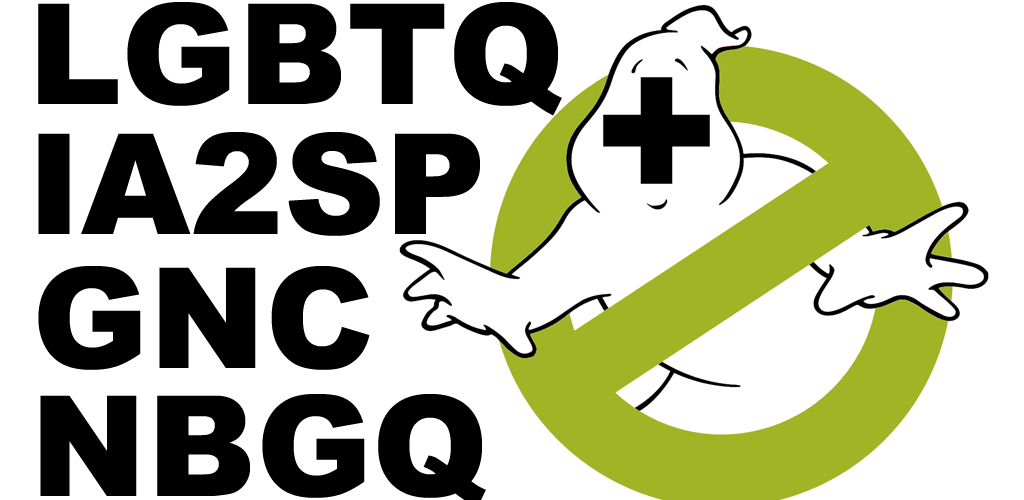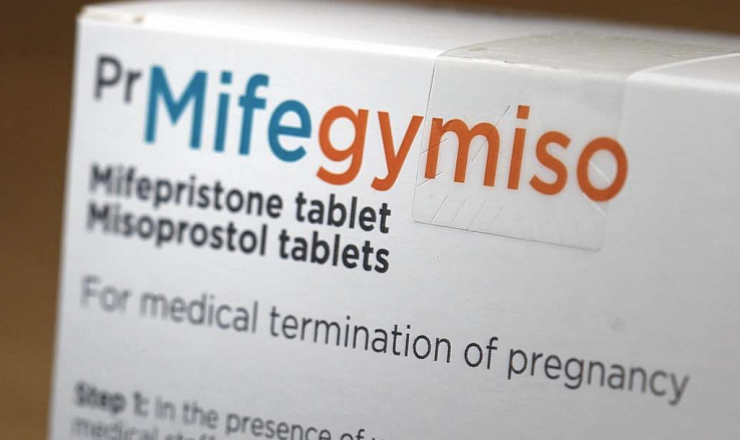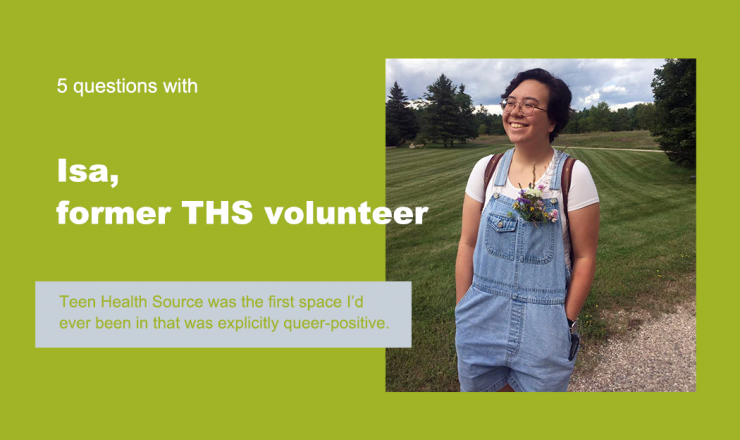

We’ve all seen the LGBTQ acronym. We’ve seen it with a ‘+’ at the end. And we’ve also seen longer and shorter versions of it.
In an effort to help folks navigate through the many letters in the longer acronyms, we’ve organized a glossary of identities that tend to be included (see below). Now, these are general definitions and they may not fully encapsulate the identity you feel closest to. How you identify is up to you and completely valid. Over time people may understand themselves differently, and adopt different or multiple identities. This is completely valid. Everyone changes with time, and identities are no different.
We at Teen Health Source are always working to make our resources as inclusive as possible and we recognize that we currently use the LGBTQ+ acronym as an umbrella term for many different identities. Saying that we’ve done it “because it’s easier” is a crummy excuse to give to people who feel left out of the LGBTQ acronym, or who feel that the “+” is dismissive of who they are, and we apologize. We believe that being specific is really important in order to give clear information and for creating greater visibility for everyone. We believe that we can do better!
Right now, we’re in the process of updating and editing our resources to be more inclusive of different identities. This will include everything from our pages to how we tag posts. If you notice the LGBTQ acronym anywhere on our site, please let us know at teenprogramming@ppt.on.ca and we’ll correct it. In places where we can’t change it (because we’re quoting an outside resource or organization), you’ll see the following:
*We know that this acronym is commonly used to speak generally about a broad variety of communities, and that some people could be feeling left out. If you’re unsure if this resource/organization works with your identity, let us know and we can help find out.
Thank you for your patience and understanding as we work to update our language.
Lesbian: A woman who is sexually and/or romantically attracted to other women. This is a type of sexual orientation.
Gay: Being sexually and/or romantically attracted to people of the same gender as you. Also known as homosexual, which some gay people feel is a derogatory word because homosexuality used to be a diagnosable mental illness.
Bisexual: A person who is attracted to people of more than one gender.
Trans: An umbrella term for people who feel that they don’t fit into the gender they were assigned at birth.
Queer: A name some people who are not heterosexual and/or cisgender use as an affirmation of their sexual orientation or gender identity as different and wonderful, as in “I’m queer and proud.” It’s often used as an umbrella term for all marginalized sexual orientations and sometimes marginalized gender identities as well. Historical it was used as an insult, and so not all people will use the term.
Questioning: Someone who is not sure what their sexual orientation or gender identity is and is going through the process of figuring it out. People who are questioning are still valid in their identity.
Intersex: A person born with a combination of genitals and/or chromosomes that are different from the medically defined “male” (XY, with a penis and testicles) or “female” (XX, with a vulva, vagina and ovaries) identities.
Asexual: A sexual orientation. An umbrella term for people who don’t feel sexual attraction. Asexual people can have intimate emotional and intellectual relationships. The asexual community uses the slang “ace” to describe itself.
Two-Spirit: A sexual and gender identity specific to Indigenous cultures. Two Spirit people hold masculine and feminine spirits. Before colonization, Two Spirit people were respected in many Indigenous communities and played valuable roles as educators, healers and leaders. After colonial contact, Two Spirit people were abused and assaulted.
Pansexual: A person who is attracted to people from across the gender spectrum. Similar to omnisexual. Pansexual people recognize all genders but do not consider gender when choosing a partner.
Gender Non-Conforming: A person who don’t conform to society’s expectations of gender expression based on expectations of masculinity and femininity.
Non-Binary: A gender identity. An umbrella term that covers most identities outside of the gender binary of man/woman.
Genderqueer: A way of describing one’s gender that does not include the current definitions of “man” or “woman.” They may identify and express themselves as “feminine men” or “masculine women” or as androgynous, or outside of the categories “boy/man” and “girl/woman.” Not all genderqueer people are trans.
If you have questions about this topic, feel free to contact one of our peer educators. [Link]
Last Updated: April 2020

Did you know that the abortion pill is now available in Ontario? It is! And as it becomes more available and accessible to people across the country, there are naturally lots of questions about it. This post covers some of our most frequently asked questions about the abortion pill.

Check out PPT’s Supporting Newcomer Access Project for info on FREE sexual health workshops for newcomer youth!

Did you know that Teen Health Source has been around for 25 years! To help celebrate our 25th Anniversary, we’re checking in with some of our previous volunteers. Today we’re hearing from Isa!